Madagascar’s bizarre Leaf-Tailed Geckos (Uroplatus spp.) are on the wish lists of many lizard enthusiasts. Even after decades of keeping reptiles in zoos, I was shocked by the sight of my first specimen. Equally unique are Australia’s fantastic Leaf-Tailed Geckos (genus Saltuarius). In color, shape (some look like insect-chewed leaves!), movement and body position, both groups take camouflage to its extreme. The recent (October, 2013) discovery of a new Australian species, the Cape Melville Leaf Tailed Gecko, has caused quite a stir. Its Latin name means “exceptional, extraordinary and exquisite”…and it is very fitting! I know that I’m not alone in being thrilled that there are still such unusual creatures waiting to be found.
A Tiny Range and Very Specific Habitat
The Cape Melville Leaf Tailed Gecko, Saltuarius eximius, seems limited in distribution to the Cape Melville Mountains on the Cape York Peninsula in tropical northeastern Queensland, Australia.
Only 6 individuals have been found, all on granite boulders beneath a rainforest canopy (please see habitat photo). This same mountain range is also home to 3 endemic (found nowhere else) frogs and 2 endemic skinks.
Six other Australian Leaf Tailed Geckos inhabit rainforests and rocky outcrops in eastern Australia, from northern New South Wales to northeastern Queensland.
Description
The newly-described species averages 4.8 inches in length and is clad in a boggling array of intermingling hues of dark and light gray and brown over cream and white patches. It differs in appearance from related geckos in several ways, including having longer limbs, a slimmer body, smaller head and larger eyes. It is believed that these characteristics suit the lizard to life among the boulder heaps that seem to be its only habitat.
Photos of the Cape Melville Leaf-Tailed Gecko are posted here. A photo of a related species, the Southern Leaf Tailed Gecko, is included with this article.
The 6 specimens were found on boulders in a head-down position with the body raised up from the surface of the rocks. It is believed that they are sit-and-wait predators and were in hunting mode when discovered.
Convergent Evolution
Australia’s Leaf Tailed Geckos are not closely related to those on Madagascar, and are placed in different families (Carphodactylidae and Gekkonidae, respectively). Yet one would be hard-pressed to tell them apart.
They have evolved similar appearances and lifestyles, despite living on different continents (please see photos). A better known example of this phenomenon, known as convergent evolution, is the similarities between the Emerald Tree Boa and Green Tree Python. What makes the Leaf Tailed Gecko situation so unique is that both groups have evolved such out-of-this world appearances and unusual lifestyles. To my knowledge, only American Horned Lizards and Australia’s Thorny Devil are in the same league, in terms of unusual adaptations.
Leaf Tailed Geckos as Pets
You’ll not likely be seeing Australian Leaf Tailed Geckos in the pet trade or US zoos anytime soon, but several stunningly-bizarre Madagascan species are now being bred in captivity. Please see this article to learn how to keep the Spear Point Leaf Tailed or Nosy be Gecko, and post any questions or comments below. And if you’re really into spectacular geckos, please check out the huge New Caledonian Giant Gecko, known locally as the “Devil in the Forest”!
 That Reptile Blog – Reptile, Amphibian and Exotic Pet Care and Information
That Reptile Blog – Reptile, Amphibian and Exotic Pet Care and Information


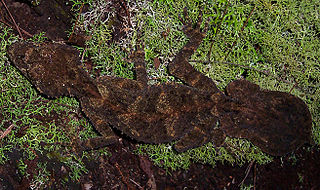
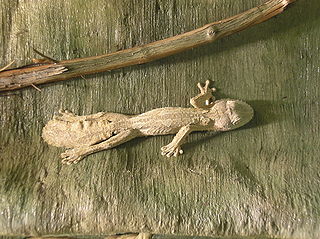
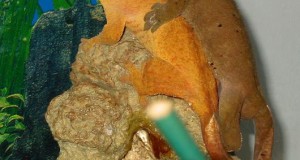
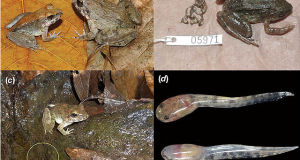
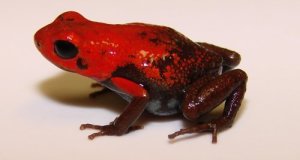
Hi Frank,
Saltuarius are very rare, however a few mainly small species are on the increase as cb in the European private sector. I do know that Russian and Japanese hobbists keep many more species and they are slowly coming into other markets. I do remenbar seeing reports of US hobbists keeping and breeding aussi leafs, but again very rare and expensive.
Cheers
Thanks, Pedro…I was surprised by the species diversity in Japanese collections, even 10 yrs ago.
Best, Frank